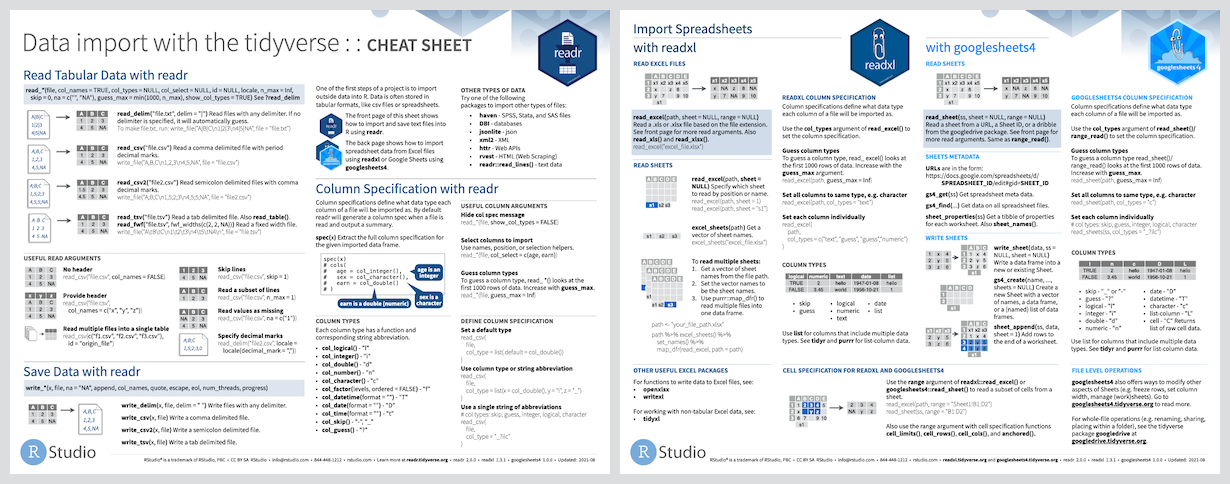-
Notifications
You must be signed in to change notification settings - Fork 7
/
07-tidyr.Rmd
95 lines (68 loc) · 2.38 KB
/
07-tidyr.Rmd
1
2
3
4
5
6
7
8
9
10
11
12
13
14
15
16
17
18
19
20
21
22
23
24
25
26
27
28
29
30
31
32
33
34
35
36
37
38
39
40
41
42
43
44
45
46
47
48
49
50
51
52
53
54
55
56
57
58
59
60
61
62
63
64
65
66
67
68
69
70
71
72
73
74
75
76
77
78
79
80
81
82
83
84
85
86
87
88
89
90
91
92
93
94
95
---
title: "07-tidyr"
author: "Silvia P. Canelón"
date: "9/19/2020"
output: html_document
---
class: penguin-tour
```{r, echo=FALSE, out.width=1200}
knitr::include_graphics("images/pptx/07-tidyr.png")
```
.footnote[<span>Photo by <a href="https://unsplash.com/@eadesstudio?utm_source=unsplash&utm_medium=referral&utm_content=creditCopyText">James Eades</a> on <a href="https://unsplash.com/collections/12240655/palmerpenguins/d5aed8c855e26061e5e651d3f180b76d?utm_source=unsplash&utm_medium=referral&utm_content=creditCopyText">Unsplash</a></span>
]
---
background-image: url(images/hex/tidyr.png)
background-position: 1050px 50px
background-size: 80px
# tidyr: info
.panelset[
.panel[.panel-name[Overview]
[From R for Data Science](https://r4ds.had.co.nz/tidy-data.html):
> There are three interrelated rules which make a dataset tidy:
> - Each variable must have its own column.
> - Each observation must have its own row.
> - Each value must have its own cell.

]
.panel[.panel-name[Cheatsheet]
`r icon::fa("file-pdf")` PDF: https://github.com/rstudio/cheatsheets/raw/master/data-import.pdf

]
.panel[.panel-name[Reading]
.left-column[
```{r echo=FALSE}
knitr::include_graphics("images/r4ds-cover.png")
```
]
.right-column[
### R for Data Science: [Ch 12 Tidy data](https://r4ds.had.co.nz/tidy-data.html)
### Package documentation: https://tidyr.tidyverse.org/
]
]
]
---
background-image: url(images/hex/tidyr.png)
background-position: 1050px 50px
background-size: 80px
# tidyr: exercise
.panelset[
.panel[.panel-name[Un-tidying]
### Both penguin datasets are already tidy!
We can pretend that `penguins` wasn't tidy and that it looked instead like `untidy_penguins` below, where **body_mass_g** was recorded separately for *male*, *female*, and *NA* **sex** penguins.
```{r}
untidy_penguins <-
penguins %>% pivot_wider(names_from = sex, values_from = body_mass_g)
untidy_penguins
```
]
.panel[.panel-name[Re-tidying]
### Now let's make it tidy again!
We'll use the help of `pivot_longer()`
```{r}
untidy_penguins %>%
pivot_longer(cols = male:`NA`, #<<
names_to = "sex", #<<
values_to = "body_mass_g") #<<
```
]
]